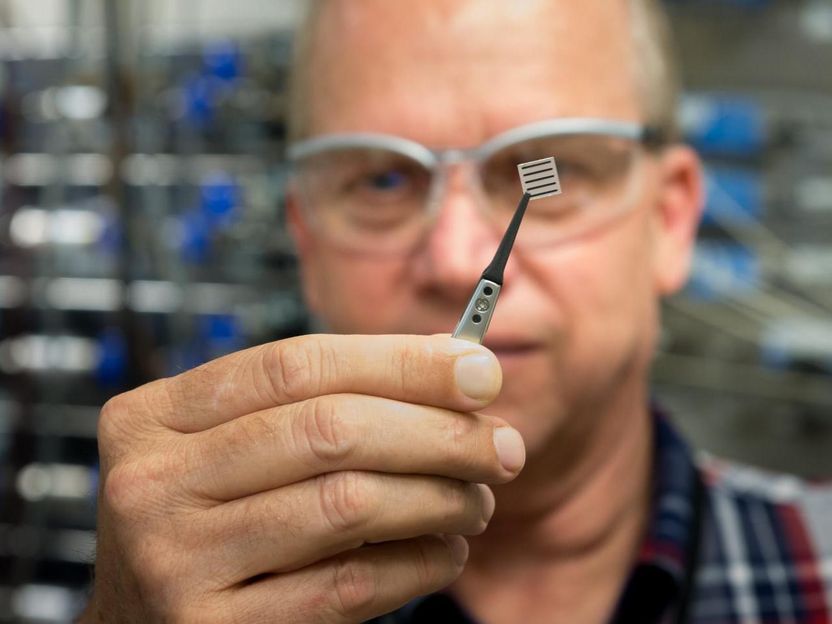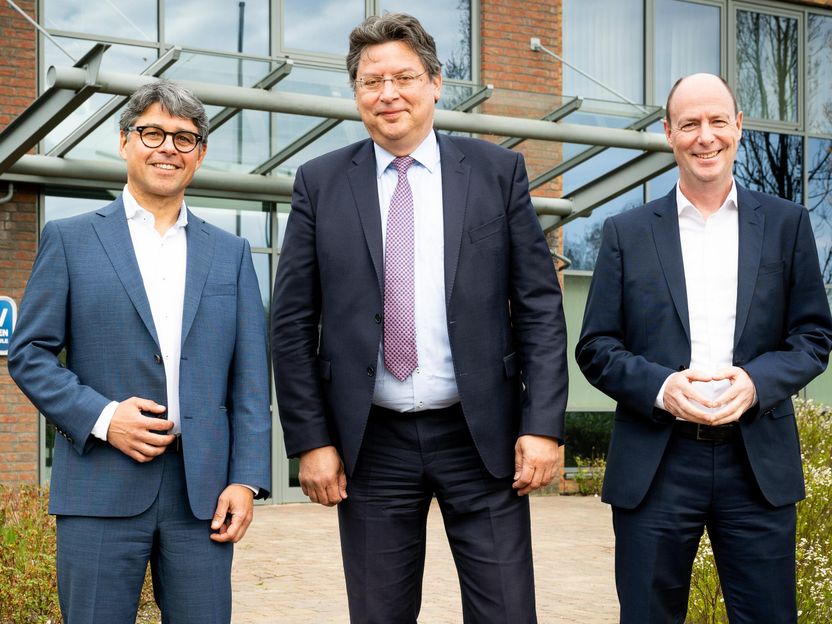Global Flow Sensors and Transmitters Market: Recovery of End-user Industries Will Accelerate Growth, Finds Frost & Sullivan
Understanding customer needs and focusing on R&D will be key to success, with the global market expected to reach $6,423.8 million in 2017
Despite the negative impact of the 2008 economic recession, the global flow sensors and transmitters market is expected to grow. The rising number of projects, the establishment of new process plants, the financial recovery of numerous end-user industries, as well as reinvestment in plant renovation, modernisation, capacity expansion and technology development have led to a market resurgence.
New analysis from Frost & Sullivan, Global Flow sensors and Transmitters Market, finds that the market earned revenues of $4,847.6 million in 2010 and estimates this to reach $6,423.8 million in 2017.
“The quest for new energy sources, including oil and gas exploration, coupled with increasing renewable energy development, is a significant market driver,” notes Frost & Sullivan Industry Analyst V. Sankaranarayanan. “Coriolis, ultrasonic and vortex flow sensors and transmitters are poised to benefit from growth in the oil and gas as well as the chemical and petrochemical end-user industries.”
Another key market driver is the rising emphasis on energy efficiency, with better asset utilisation, reduction in maintenance costs, and enhanced process monitoring. Automation and control solutions (including field instruments) also play a vital role in achieving these goals, resulting in heightened demand for flow sensors and transmitters.
These trends are spreading to emerging economies, where the increased use of automated products is poised to boost demand for all types of sensors, including flow sensors and transmitters.
While the market offers significant growth potential, participants will have to focus on successful product differentiation to avoid price-based competition. This will not be an easy task, given that there is little technical innovation taking place in flow sensor technologies such as positive displacement and turbine. It will be challenging for manufacturers of such products to differentiate themselves from their competitors.
“The first step in a successful differentiation strategy is to understand customer needs,” states Sankaranarayanan. “A strong relationship with both distributors and customers will enable manufacturers to comprehend current trends and optimise their product offerings.”
Accuracy and reliability are the major selection/purchase criteria in this market. Therefore, manufacturers should be willing to invest heavily in research and development (R&D), engineering and configuration to take accuracy and reliability to the next level. R&D will also pave the way for the development of feature-rich flow sensors and transmitters, which are other important customer requirements.
Other news from the department business & finance
These products might interest you
Most read news
More news from our other portals
See the theme worlds for related content
Topic world Sensor technology
Sensor technology has revolutionized the chemical industry by providing accurate, timely and reliable data across a wide range of processes. From monitoring critical parameters in production lines to early detection of potential malfunctions or hazards, sensors are the silent sentinels that ensure quality, efficiency and safety.

Topic world Sensor technology
Sensor technology has revolutionized the chemical industry by providing accurate, timely and reliable data across a wide range of processes. From monitoring critical parameters in production lines to early detection of potential malfunctions or hazards, sensors are the silent sentinels that ensure quality, efficiency and safety.































































